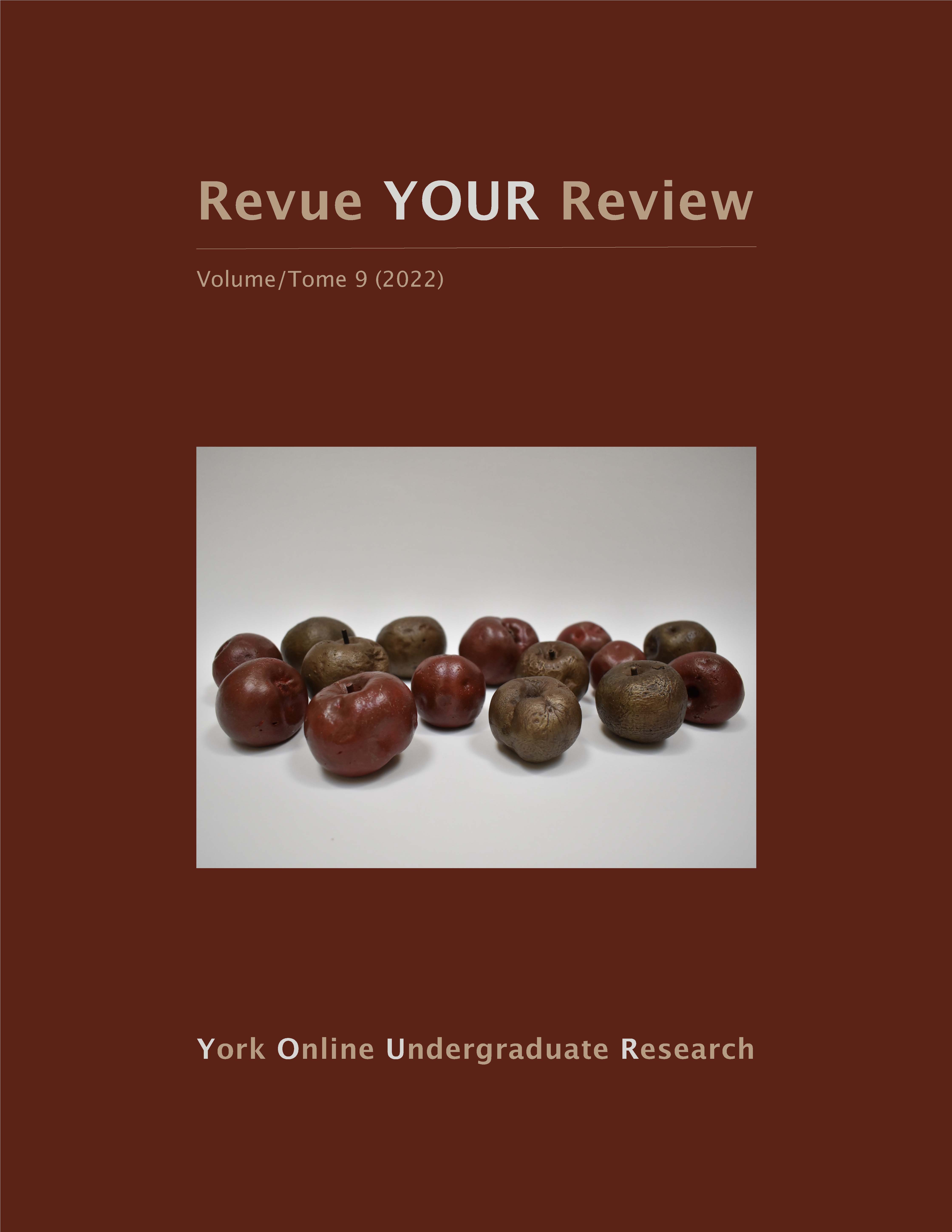The Financial Shock from Covid-19 to Canadian University Endowments: The Reaction, Response, and Implications
Résumé
Using data from the University of Toronto and University of Alberta endowments from 2018–2020, this research provides a thorough analysis of the asset allocation strategies used in practice during the COVID-19 pandemic and why those alterations are essential for the future implications of the positions held by endowment funds. It will review the University of Toronto and Alberta endowments response to the COVID-19 pandemic to shed light on several existing endowment behaviour models. Findings, based on primary sources, indicate that the University of Toronto and Alberta endowments have increased the portfolio weighting in bonds, international/global equities, and alternative/other assets in 2020 relative to 2019. This implies that the portfolio weight increase in the latter three asset classifications are consistent with a Merton theoretical view of the most optimal asset allocation as compared to Black. We suggest that a Merton approach to asset allocation is advantageous when there are adverse shocks in the market. This is due to the need to balance current financial obligations with future cash flows. We support Merton’s view which argues that placing a higher weight on those asset classifications demonstrates a trade-off of risks and returns to optimize resources (Merton, 1991). With spikes in current liabilities, decreasing exposure to risky short-term investments is needed to finance those activities. While on the other hand, taking on risky assets is advantageous in present circumstances to take advantage of volatilities in the markets to maximize future cash-flows’ benefits.
Téléchargements
Publié-e
Comment citer
Numéro
Rubrique
Licence

Cette œuvre est sous licence Creative Commons Attribution - Pas de Modification 4.0 International.
Les auteurs qui contribuent à la Revue YOUR Review acceptent de publier leurs articles selon une des trois catégories de la licence 4.0 : Creative Commons Attribution 4.0 International; Creative Commons Attribution-Pas d'Utilisation Commerciale 4.0 International; ou Creative Commons Attribution-Pas de Modification 4.0 International. Tout contenu éditorial de ce site ainsi que les affiches et les résumés sont sous la licence Creative Commons Attribution-Pas de Modification 4.0 International. Pour plus d’informations, veuillez voir :
https://creativecommons.org/licenses/
Dans tous les cas, les auteurs conservent leurs droits d’auteurs et concèdent à la Revue YOUR Review le droit de première publication. Les auteurs peuvent, par la suite, conclure d’autres accords de distribution non exclusifs de la version publiée dans ce périodique (par exemple, l’afficher à un dépôt institutionnel ou le publier dans un livre ou dans un autre périodique) à condition que la reconnaissance fasse mention de la publication originale dans la Revue YOUR Review.


